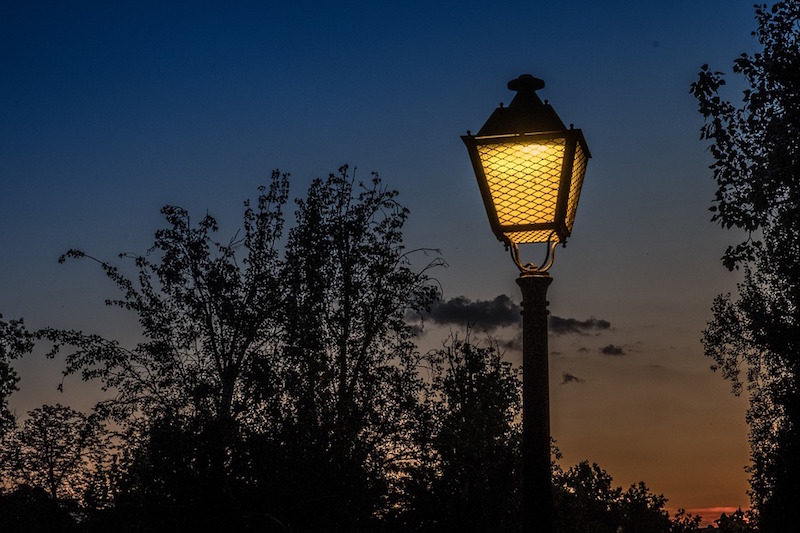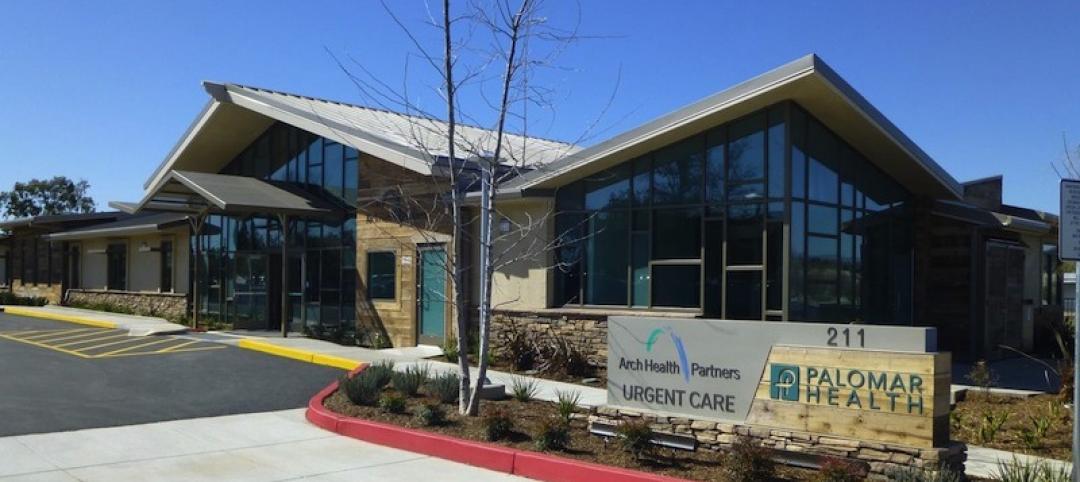The latest lighting technology for parking areas quickly pays for itself and can reap energy savings of up to 70%, according to the U.S. Dept. of Energy.
The Department has promoted its Lighting Energy Efficiency in Parking (LEEP) Campaign to support participants in their efforts to upgrade and install energy-efficiency equipment and lighting controls in over 540 million sf of parking facilities since 2012. That effort has translated into savings of 137 million kWh a year, or $14.79 million in electricity savings.
LED products have made the fastest inroads in outdoor applications, DOE says, with a penetration rate of 32.5% in parking garages and 26.2% in parking lots in 2016. LEEP is a collaboration between the U.S. Green Building Council (USGBC), Building Owners and Managers Association International (BOMA), International Facility Management Association (IFMA), International Parking Institute, and the Better Buildings Alliance, with technical support from the Department of Energy’s Pacific Northwest National Laboratory.
LEEP Campaign resources, including tools, case studies, and guidance materials designed to make it easy for facility owners and managers to adopt high-efficiency lighting and controls systems for parking facilities are available at: http://www.leepcampaign.org/
Related Stories
| Apr 17, 2013
Leonardo Academy to develop sustainability master plan standard
Leonardo Academy launched the development of a standard for sustainability master plans using the American National Standards Institute (ANSI) process to define sustainability goals and achievements for regions, states and campuses.
| Apr 17, 2013
Fenestration Council allows some shading system, dynamic glazing to be rated for U-Factor
The National Fenestration Rating Council (NFRC) approved changes to its NFRC 100 and NFRC 200 standards, allowing certain shading devices to be rated for U-factor and Solar Heat Gain Coefficient.
| Apr 17, 2013
LEED 2009 quarterly interpretations, addenda now available
Quarterly interpretations and addenda to the LEED 2009 rating systems and reference guides are now available.
| Apr 17, 2013
DOE’s Lawrence Berkeley Lab researchers developing new indoor air pollution standards
The U.S. Department of Energy’s Lawrence Berkeley National Laboratory (Berkeley Lab) researchers are working on new building standards after discovering previously unknown indoor air pollutants.
| Apr 16, 2013
RMJM acquired by Duthus Investments for £12 million
Sir Fraser Morrison, the owner and chairman of architect RMJM, is the backer behind the investment firm that bought RMJM for £11m in late March.
| Apr 10, 2013
ASHRAE publishes second edition to HVAC manual for healthcare facilities
The American Society of Heating, Refrigerating and Air-Conditioning Engineers (ASHRAE) has published a second edition of its “HVAC Design Manual for Hospitals and Clinics.”
| Apr 10, 2013
Concrete Reinforcing Steel Institute accredited by ANSI as standards developer
The Concrete Reinforcing Steel Institute (CRSI) was recently accredited by the American National Standards Institute (ANSI) as an ANSI Accredited Standards Developer (ASD).
| Apr 10, 2013
DOD should continue LEED-Silver or equivalent rating standard, says NRC
The Department of Defense should continue to require that its new buildings or major renovations to facilities be designed to achieve a LEED-Silver or equivalent rating, says a new report from the National Research Council.
| Apr 10, 2013
EPA proposes emissions rules affecting light construction vehicles
The Environmental Protection Agency has proposed air-pollution standards that it says will reduce the amount of sulfur in U.S. gasoline by two-thirds and impose fleet-wide pollution limits on new vehicles.
| Apr 10, 2013
New skyscraper designs raising the bar on green standards
Though most new skyscraper designs have a traditional look, they are including a wider array of sustainable elements to use energy and water more efficiently and improve human health.









